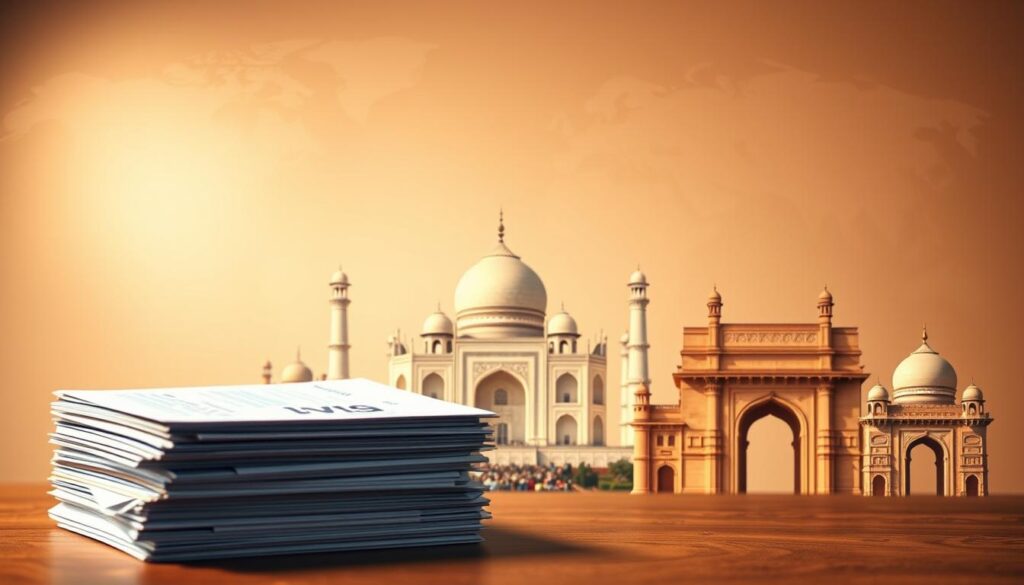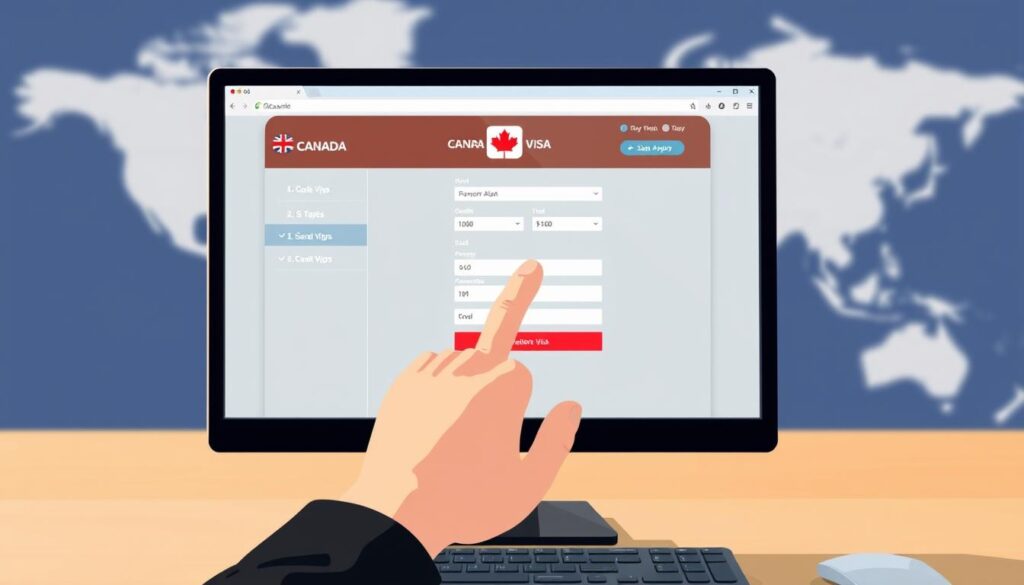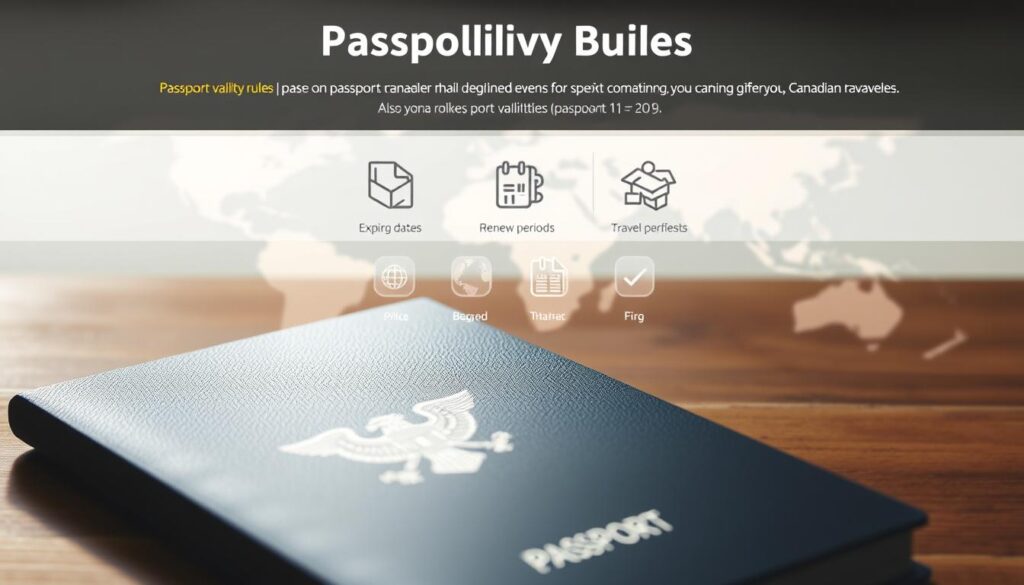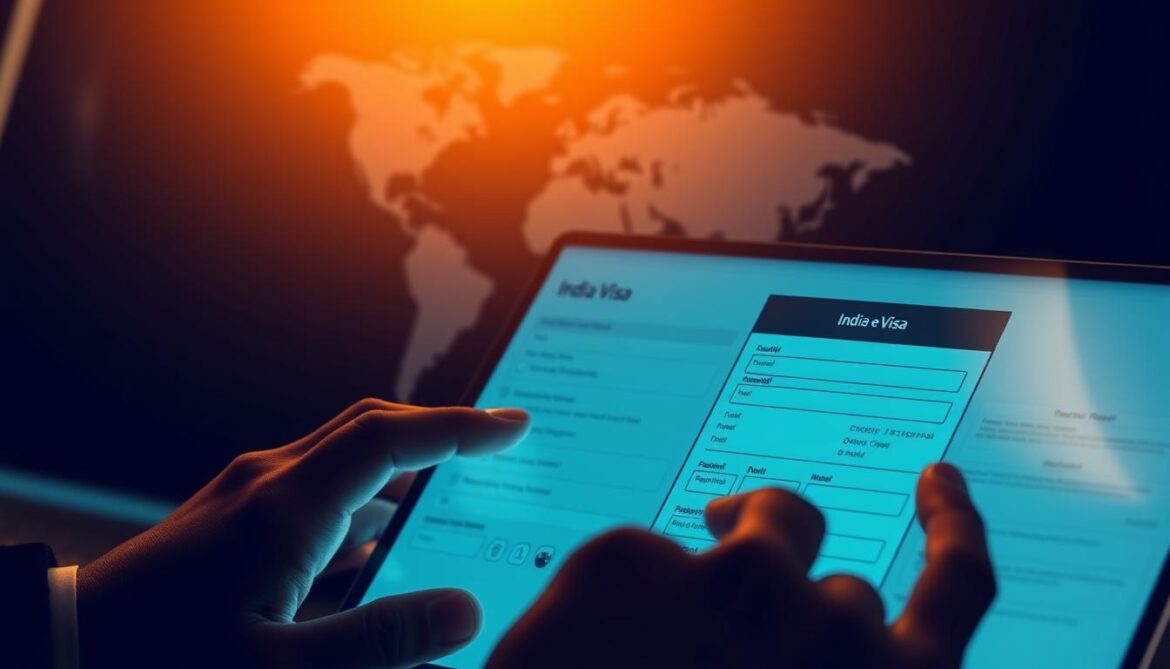Did you know over 150,000 Canadians visit India each year? Whether you’re traveling for business, tourism, or medical reasons, knowing the visa process saves time and money. The Government of India offers a convenient online system for applications.
Your passport must have at least six months validity and two blank pages. Always use the same passport for both application and travel. The Canada Visa Portal provides direct access to official forms, avoiding third-party fees.
Fees vary by season and purpose. From April to June, discounts often apply. Payments are processed in USD, so check exchange rates before submitting. For urgent trips, emergency options exist with faster processing.
Need help? A 24/7 helpline (+91-11-24300666) assists with application issues. Remember, diplomatic passports aren’t eligible for e-visas. Medical attendants receive special consideration when applying with patients.
Types of India e-Visas and Their Charges
Different travel purposes mean different authorization costs. Whether you’re exploring, working, or receiving treatment, fees vary by duration and entry frequency. Below, we break down each category to help you choose wisely.

Tourist Permit Fees
Short trips cost less during off-peak months. From April to June, a 30-day permit drops to $10 (normally $25). For frequent visitors, the 1-year ($40) or 5-year ($80) options allow multiple entries.
Business Permit Costs
A 1-year business permit balances affordability and flexibility. Unlike single-entry options, it lets you attend meetings or conferences repeatedly. Fees align with the tourist 1-year rate but require additional company documentation.
Medical and Attendant Permits
Patients pay standard fees, but attendants must provide proof of the patient’s authorization. Both permits share the same validity period. Note: Attendants can’t apply separately—their approval depends on the patient’s application.
Other Categories
Transit permits grant 15-day stays for layovers. Conference and student permits follow unique rules—student validity matches the duration course. Journalists and mountaineers pay higher fees due to special clearance requirements.
All fees are charged in USD. Check exchange rates to estimate CAD costs accurately.
How to Apply for an India e-Visa via the Canada Visa Portal
Planning a trip from Canada to India? The application process is simpler than you think. The Canada Visa Portal streamlines everything—from document uploads to payment. Here’s how to navigate it smoothly.

Step-by-Step Application Process
First, visit the official portal and select “Apply Online.” Fill in personal details, travel dates, and passport information. Double-check spellings—errors cause delays.
Upload a digital photo (35mm x 45mm, white background) and a scanned passport bio page. Payment is in USD, but your card converts CAD automatically.
“Always save your application ID. You’ll need it for status checks.”
Required Documents for Canadian Applicants
Your passport must be valid for six months beyond arrival. If you have an old passport with prior travel to India, include its number in the application.
- Passport bio page (clear, full-color scan)
- Recent photo (JPEG format, under 1MB)
- Payment card (Visa/Mastercard accepted)
Processing Times and Urgent Applications
Standard processing takes 72 hours. Weekends and holidays extend timelines. For emergencies, pay an extra ₹3,000 (~$50 CAD) for 24-hour approval.
Refunds aren’t issued for rejections, so review your application carefully. Common mistakes include blurry scans or mismatched travel dates.
Need multiple entries? Select the 1-year or 5-year option during checkout. Each allows unlimited visits within the validity period.
Important Considerations for Canadian Travelers
Before packing your bags, check these crucial travel requirements. Overlooking small details could delay your trip or lead to fines. Here’s what you need to know for smooth travels.
Passport Validity and Blank Pages
Your passport must be valid for at least six months after arrival. Immigration officers will deny entry if it expires sooner. Ensure you have two blank pages for stamps—no exceptions.
Using an old passport with prior travel history? Include its number in your application. If your passport expires mid-trip, renew it early to avoid complications.

Entry Rules and Multiple-Entry Visas
Single-entry permits are common for short trips. For frequent visits, opt for a 1-year or 5-year option. Each allows unlimited entry during its validity period.
Overstaying costs $300+ USD in fines. Always check stamp dates upon arrival. Business travelers cannot engage in paid work—violations risk deportation.
Common Reasons for Visa Rejection
Incomplete applications top the rejection list. Other causes include criminal records or missing vaccinations. Emergency applications need extra documentation.
Disputes involving marital status (e.g., NRI/PIO cases) require legal proof. If rejected, you may appeal within 30 days with corrected documents.
Conclusion
Timing and preparation make all the difference for smooth travels. Tourist permits cost less for short trips, while business and medical options suit specific needs. Always use the Government of India’s official portal to avoid scams.
Apply 1-2 months before peak seasons for faster processing. Don’t forget travel insurance—it covers unexpected delays. Monitor fee changes, especially if planning a multi-year or multiple-entry visa.
Final checklist: Valid passport, correct photo specs, and confirmed travel dates. Double-check these to ensure approval. Safe travels!



